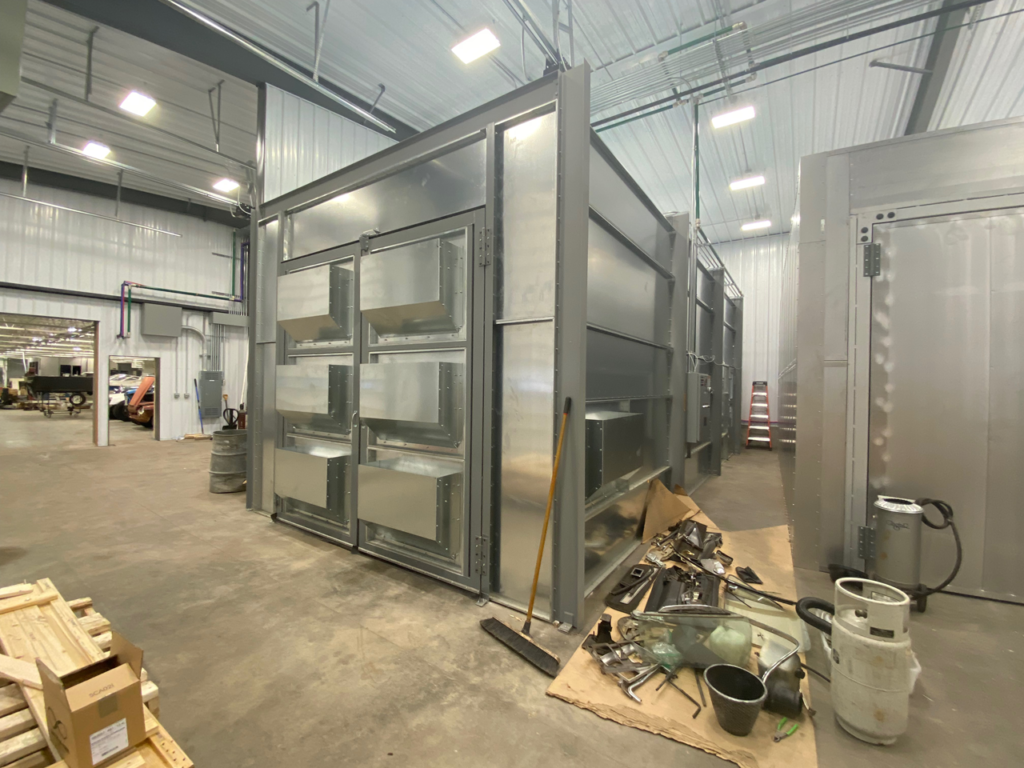
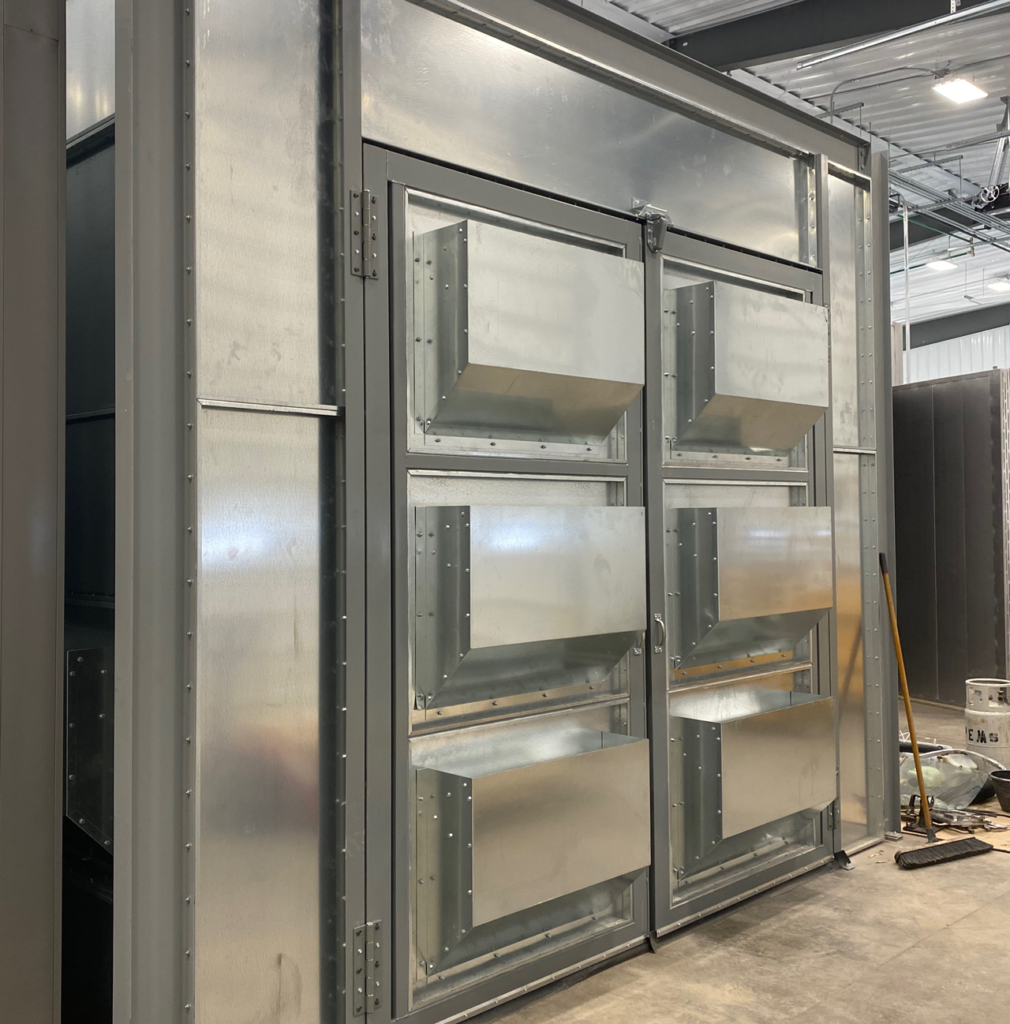
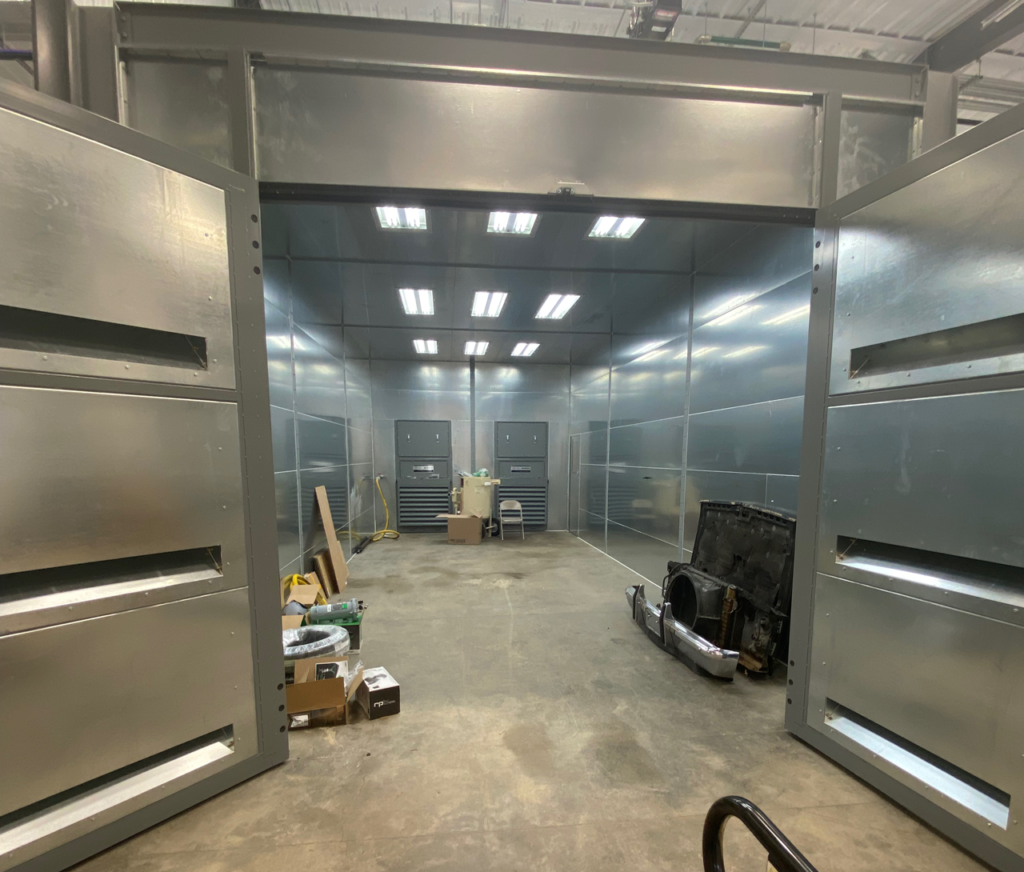
Abrasive blasting is an efficient and eco-friendly machinery cleaning process that is frequently utilized in most industrial settings. Essentially, it sets to work by forcing abrasive materials otherwise known as blast media into the innards of machinery under great pressure and speed. Once they find themselves within the product being cleaned, these blast media collide with the interior surfaces and in the long run, trap and do away with a wide variety of contaminants. Abrasive blasting may also be used to smoothen rough surfaces as well as roughen smooth surfaces of industrial machinery.
GFS Dust Collection Brochure
There are numerous methods which fall under the general category of abrasive blasting, and their overall outcomes tend to vary in nature, from mild to more aggressive results. This usually depends on the exact way the blast media is introduced into the substrate.
Also, there are diverse blast media to pick from. The more aggressive varieties of blast media are aluminum oxide, steel grit, steel shot, and sand to mention but a few. Mild blast media includes crushed glass, walnut shells, glass beads, corncobs, garnets, and coal slags. Additionally, there are even gentler kinds of abrasive blasting media which leave very little or no profile on the surfaces being processed. This may include soda, plastic beads, or even dry ice. Let us now take a closer look at some of the most common abrasive blasting types.
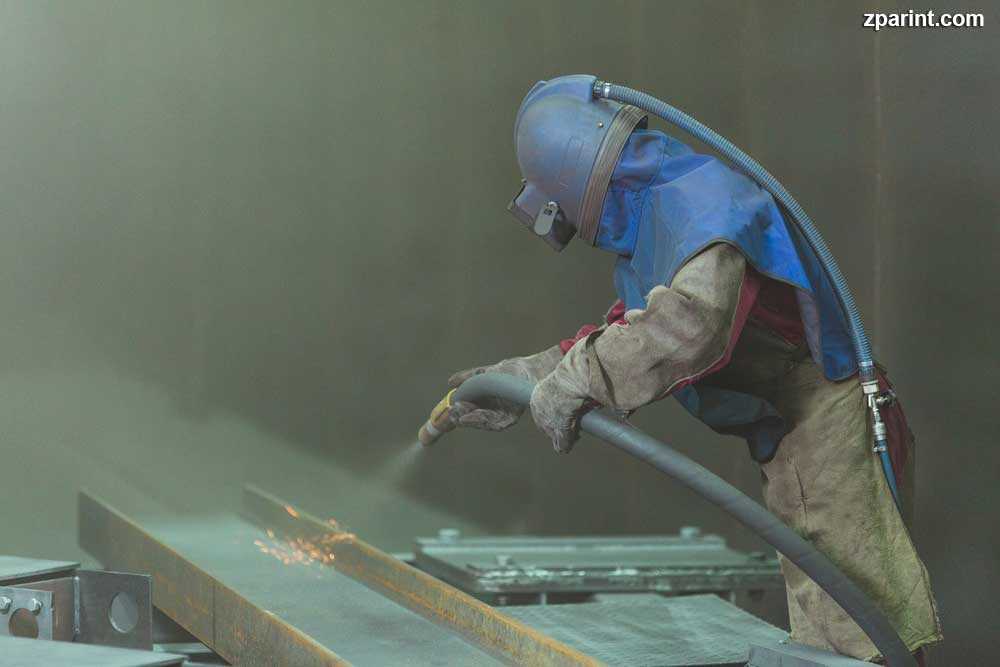
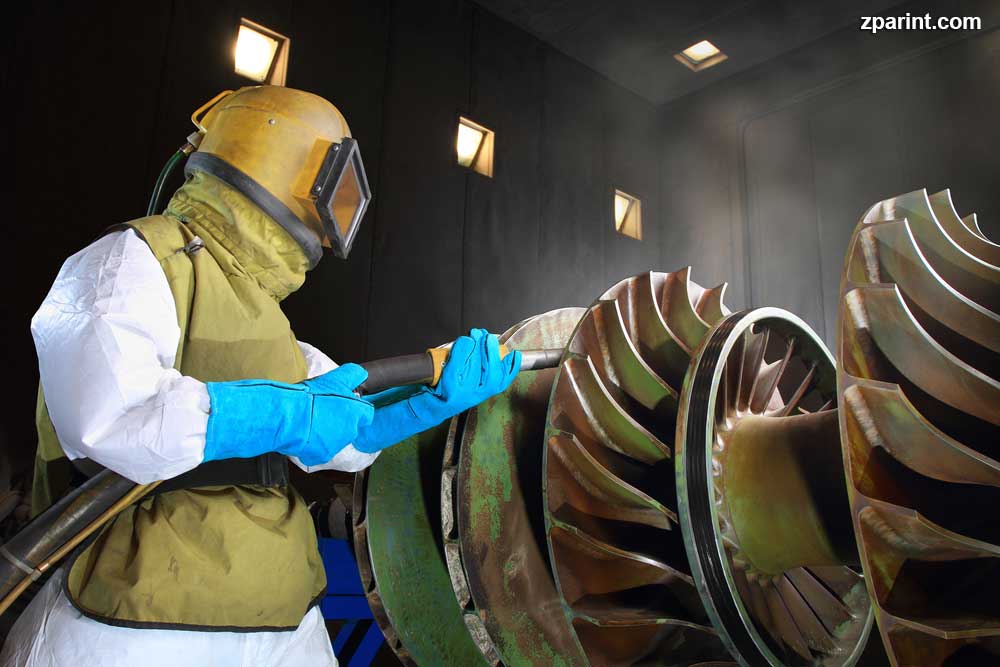
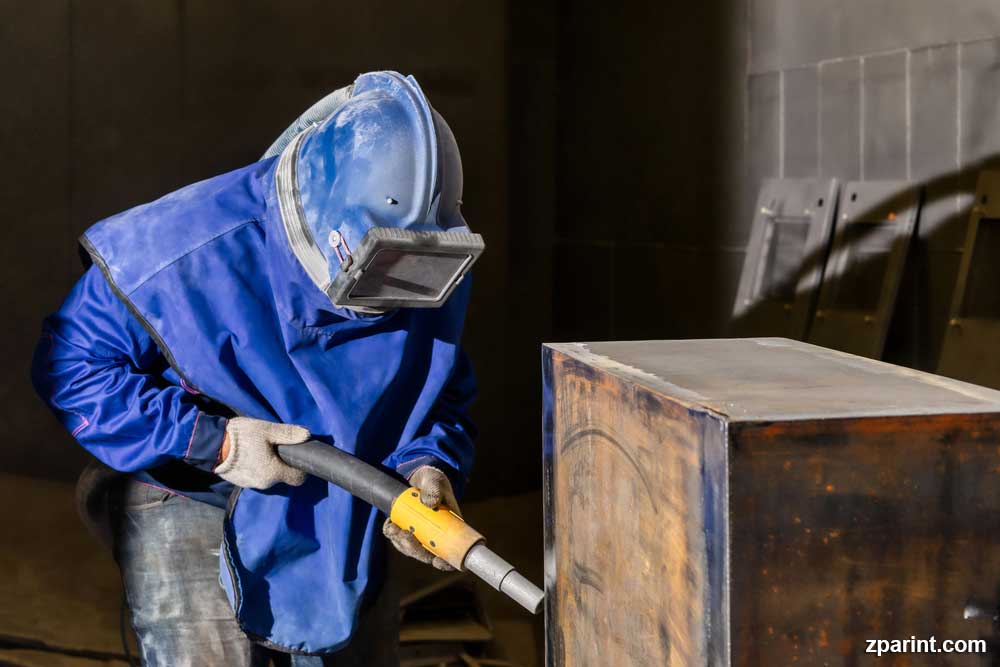
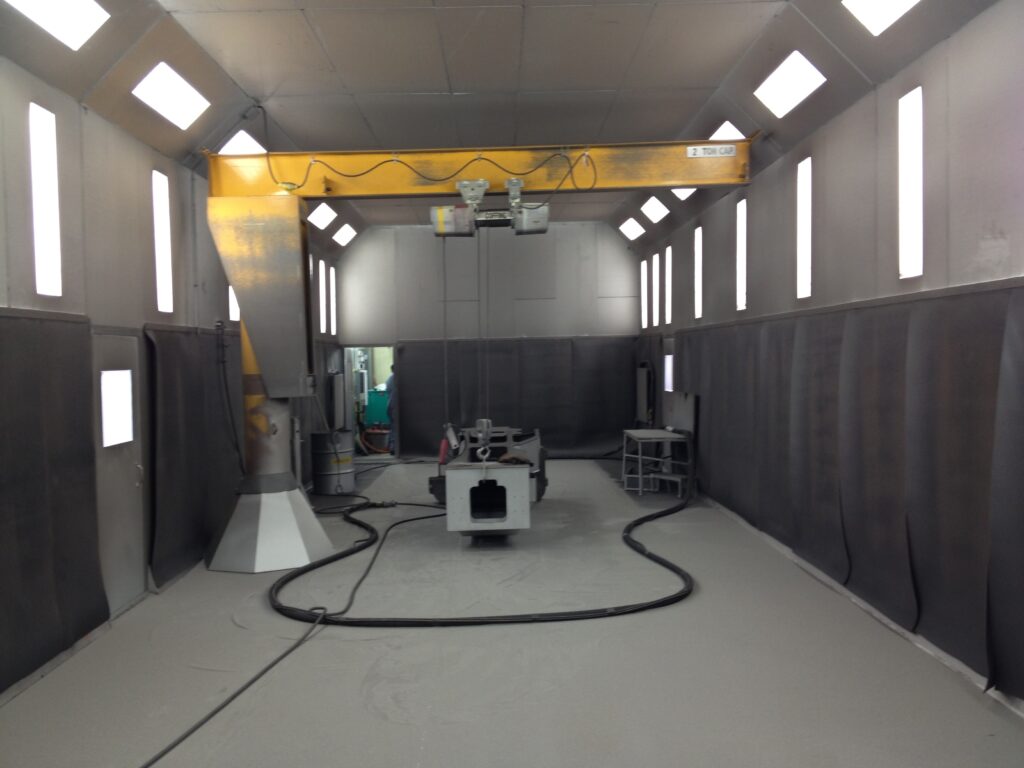
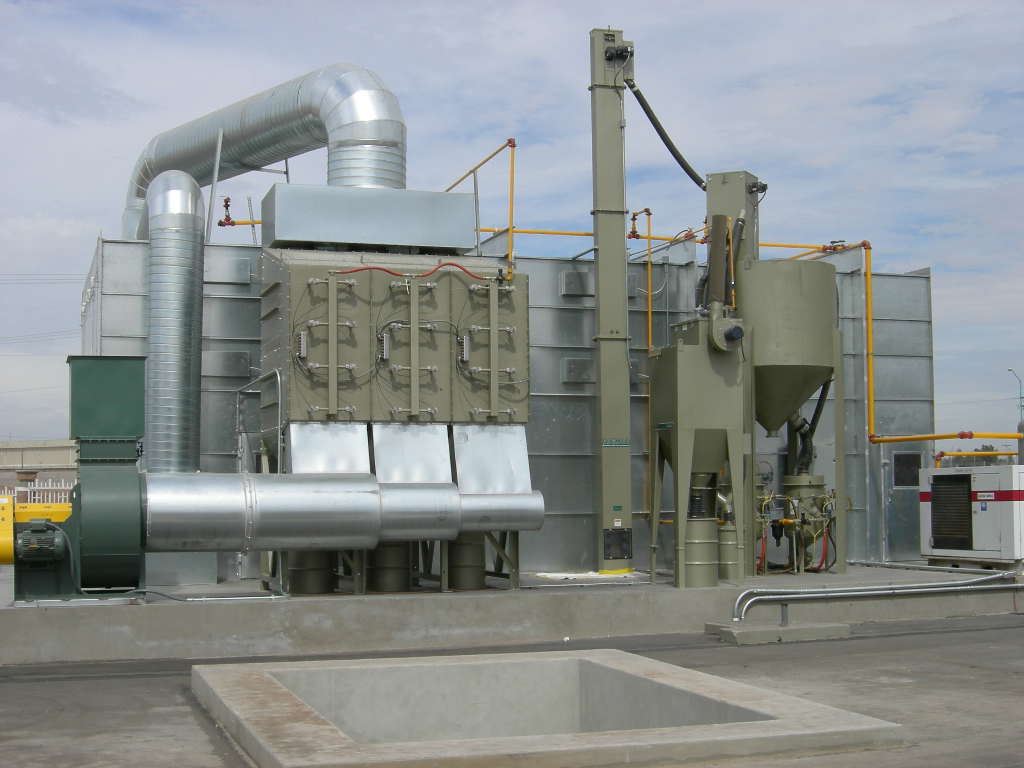
Blast rooms
An abrasive blasting room is specifically designed and engineered to facilitate big blast applications where higher volumes of blasting are desired. These rooms are commonplace among large industrial production facilities and fabrication facilities.
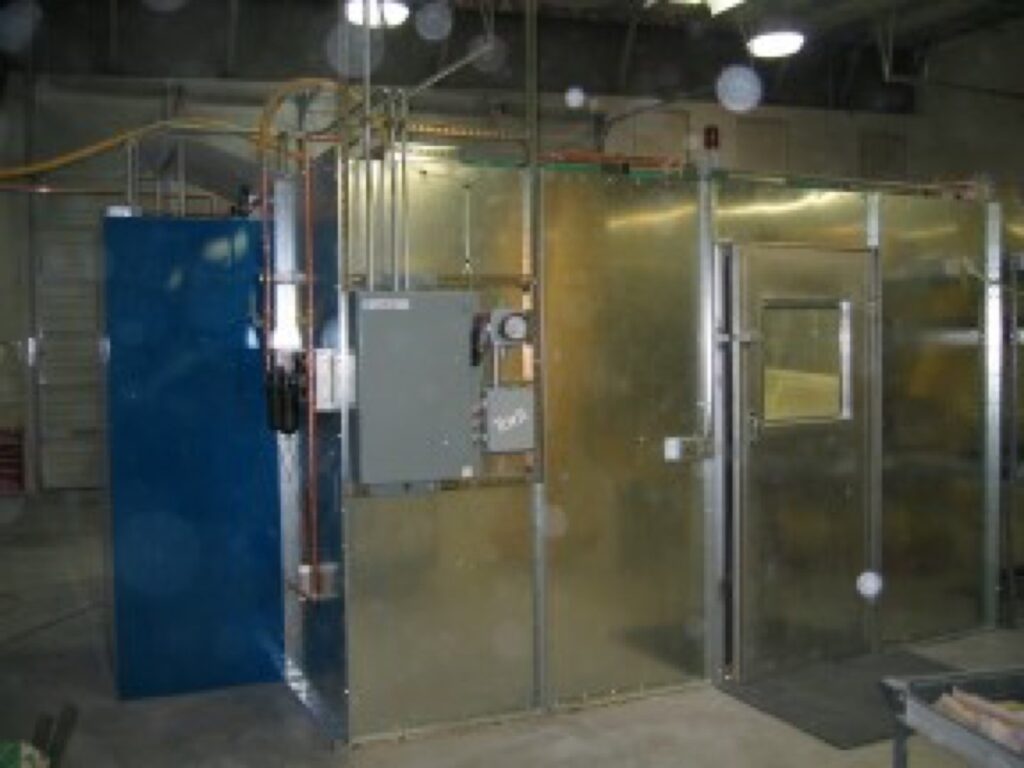
Besides our abrasive blasting offerings, we also specialize in manufacturing paint booths and powder coating units for diverse applications and featuring different airflow styles. ZPar International also provides numerous paint booth accessories including filters, makeup air heaters, control panels, and even boost lifts.
We have the ability to marry up a quality, yet economical enclosure with any reclaim system design you choose.
All too often we have heard how the cost of abrasive blasting equipment prevents customers from making the purchase. To help get over this hurdle we have the ability to provide varying gauges of thickness on our blast enclosures. This allows the customer to pick a gauge of steel that meets your equipment needs and budget.
Combine this with our many years of experience doing design and installation work and we believe we can help you achieve your equipment goals.